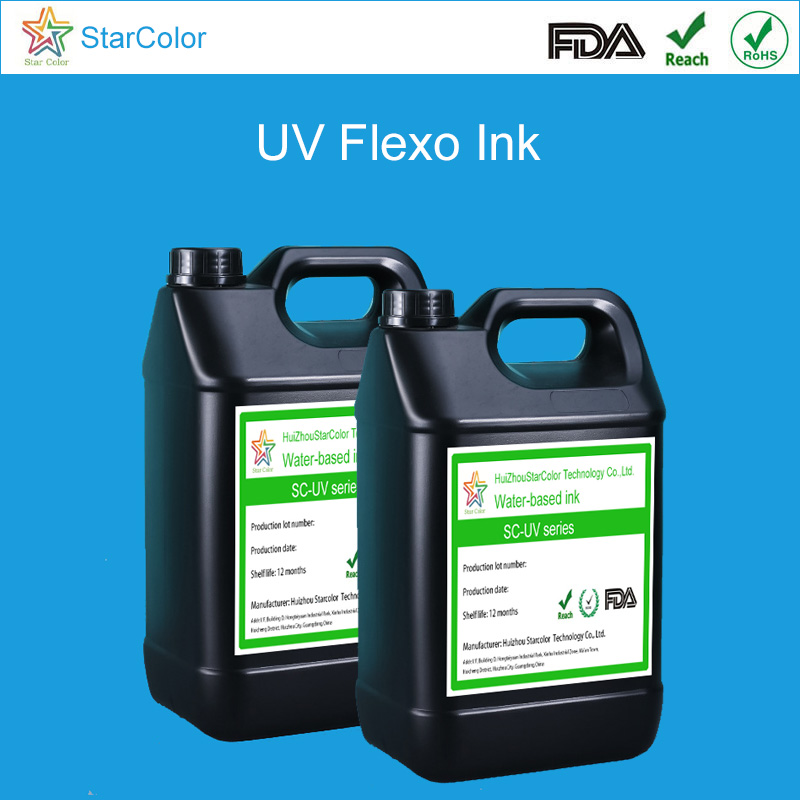Flexographic printing, as an environmentally friendly and efficient printing method, has been widely adopted in packaging, labeling, and other fields in recent years. However, traditional curing methods have in some ways limited the further development of flexographic printing. With technological advancements, UV LED curing technology has emerged, bringing revolutionary changes to flexographic printing. This article will provide an in-depth technical analysis of the impact of UV LED curing technology on flexographic printing.
I. Overview of UV LED Curing Technology
UV LED curing technology utilizes ultraviolet LED light sources for rapid curing. Compared to traditional UV curing technology, UV LED curing boasts higher light efficiency, longer lifespan, and lower energy consumption. Additionally, it offers environmental benefits, safety, and ease of operation, making it widely applied in printing, coating, electronics manufacturing, and other industries.
II. The Impact of UV LED Curing Technology on Flexographic Printing
Increased Production Efficiency
UV LED curing technology's rapid curing capabilities significantly enhance production efficiency. In flexographic printing, UV LED curing can solidify ink within seconds, drastically reducing production cycles. Furthermore, it eliminates the need for drying processes, further boosting productivity.
Environmental Protection and Energy Saving
UV LED curing technology does not require heating, reducing energy consumption and exhaust emissions, thus contributing to environmental protection. For the printing industry, this translates to lower operational costs and reduced environmental impact. Moreover, UV LED light sources have long lifespans and low maintenance costs, leading to substantial long-term savings for businesses.
Improved Print Quality
UV LED curing technology achieves more uniform curing, enhancing the quality and stability of printed products. In flexographic printing, UV LED curing ensures even ink solidification on substrates, avoiding issues like uneven curing and ink peeling commonly seen with traditional methods. Additionally, it improves ink adhesion and abrasion resistance, making printed products more durable.
Expanded Application Fields
UV LED curing technology's high flexibility accommodates various inks and substrates. In flexographic printing, it broadens the ink selection range, catering to more customer needs. Furthermore, it can be applied to various materials such as paper, plastics, and metals, further expanding flexographic printing's application fields.

III. Practical Applications of UV LED Curing Technology in Flexographic Printing
With the continuous development of UV LED curing technology, more flexographic printing enterprises are adopting it for production. For example, a large packaging and printing company has successfully introduced UV LED curing equipment for label printing in food and pharmaceutical packaging. The company reports significant production efficiency improvements and enhanced print quality after adopting UV LED curing. Additionally, the technology's environmental benefits align with current trends, enhancing the company's brand image.
IV. Future Prospects
As environmental awareness grows and green printing becomes more prevalent, UV LED curing technology will play an increasingly critical role. In flexographic printing, it will become one of the mainstream technologies, leading the new era of green printing. With ongoing technological advancements and application expansions, UV LED curing technology promises a brighter future for the flexographic printing industry.
V. Conclusion
In summary, UV LED curing technology has profoundly impacted flexographic printing. It has increased production efficiency, provided environmental benefits, improved print quality, and expanded application fields. In the future, with technological advancements and application expansions, UV LED curing technology will become a mainstream technology in the flexographic printing industry, contributing to the sustainable development of the printing sector.